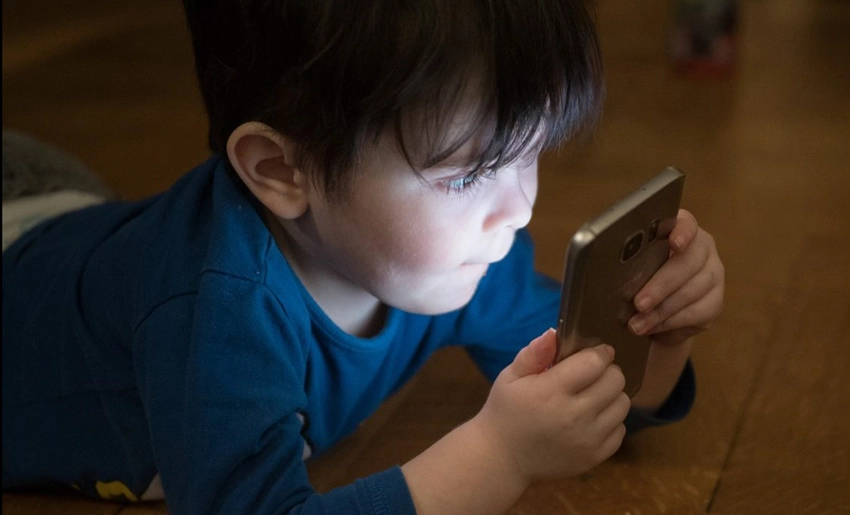In this age where technology is part of every segment of our daily lives. It has become common to see very young children holding a tablet or cell phone in parks, on public transportation, or at family gatherings.
Many parents, with the best of intentions, turn to these devices as a way to entertain, educate. In many cases, calm any expressions of anxiety in their children. However, what begins as a practical solution can become a silent risk to child development.
Various studies and neurodevelopmental specialists have begun to warn about the effects of excessive and early screen use in young children. One of the most worrying of which is the delay in fundamental skills such as language, attention, and social interaction.
But why does this happen? Language, for example, is learned through human interaction: looks, gestures, sounds, words spoken with affection or correctness. When a child spends more time in front of a screen than talking to their parents or playing with other children, they miss out on valuable opportunities for interaction that are essential for developing their ability to understand and express themselves.
The screen doesn’t respond warmly or adapt its response to the child’s level. Instead, real conversations are full of nuances, pauses, corrections, and emotions that help the child’s brain make complex and lasting connections.
The same goes for attention. Digital content is often designed to be highly stimulating: bright lights, rapid-fire sounds, constantly changing images. This overexcites the child’s brain. Causing them to become accustomed to a level of stimulation they won’t encounter in everyday life.
Then, when faced with calmer situations—say, listening to a story from mom, putting together a puzzle, or simply waiting their turn—they struggle to maintain focus, get bored easily, or project into irritability.
Regarding social skills, it is through shared play that children learn to negotiate, read emotions, resolve conflicts, and, most importantly, put themselves in the other person’s shoes.
If these experiences are replaced by time spent alone in front of a screen, the development of empathy, emotional self-regulation, and affective communication can be compromised.
The author of this comment does not intend to call for panic, but rather for reflection. Technology is not an enemy; as I said before, it can be an ally if used judiciously and in the right measure.
The key, according to experts, lies in age, time, and support. For the youngest children, especially those under two years old, it is ideal to avoid screen use. At older ages, it is important that screen use be moderate, supervised, and not replace active play, reading aloud, or family time.
As adults, we can—and I would emphatically say, we must—set an example by putting down our phones during meals, paying full attention when our children speak to us, and encouraging moments of shared play and creativity without devices.
In many cases, we adults don’t lead by example. Because, in short, what a child needs most to grow up healthy and happy isn’t a new app or the latest tablet, but rather a caring eye, a loving word, and a hand ready to accompany them in their physical and emotional growth.
Returning to simplicity isn’t going backward, nor is it antiquated, obsolete, anachronistic, cheesy, or kitsch. It’s recovering the essential, which in childhood lies in no other attitude than looking into the eyes, listening patiently, and “playing” with the heart.
By: Aniel Santiesteban García
- Cuba Announces Selection of Top Athletes for 2025 - 17 de December de 2025
- Holguin Advances in Hydraulic Works Projects - 16 de December de 2025
- Holguin’s Advances in Coastal Protection with Renewable Energy - 16 de December de 2025

